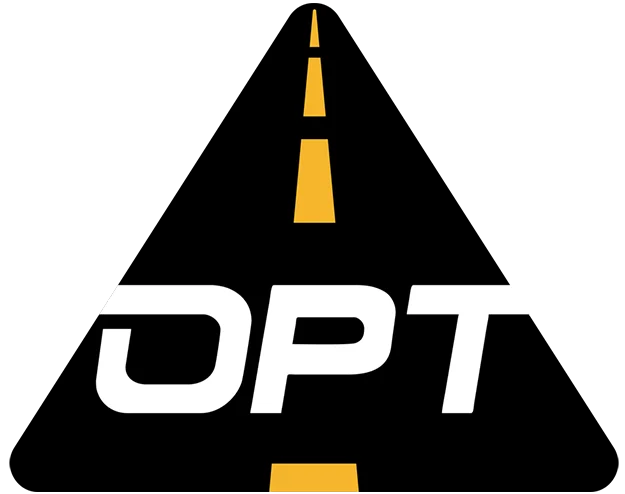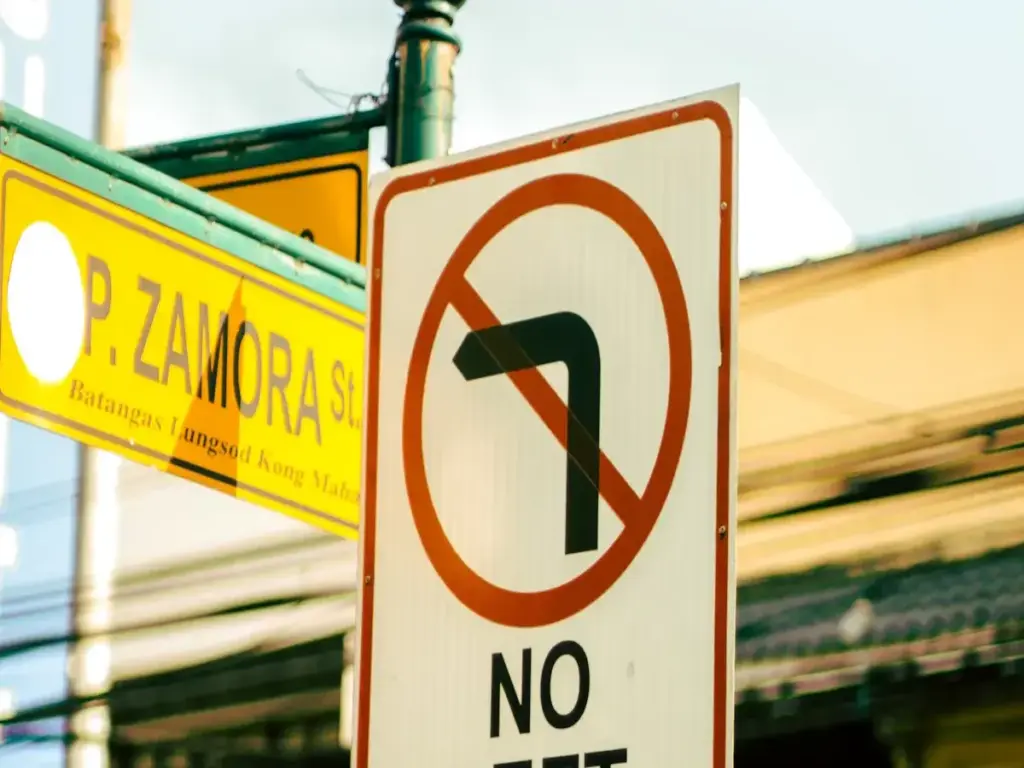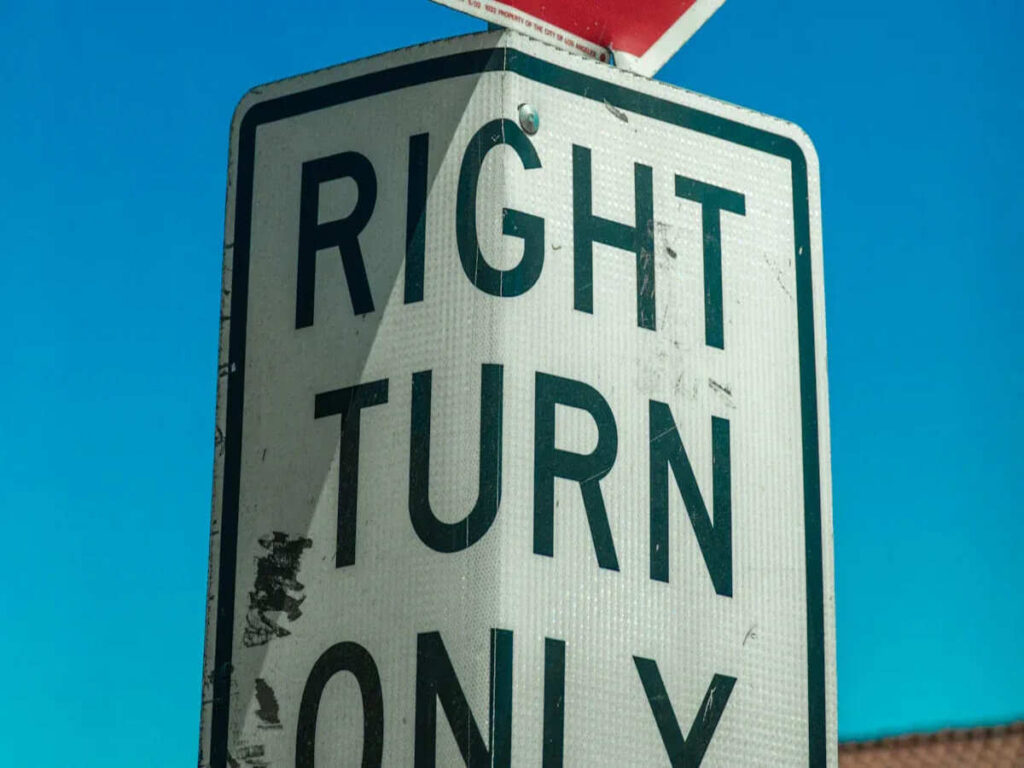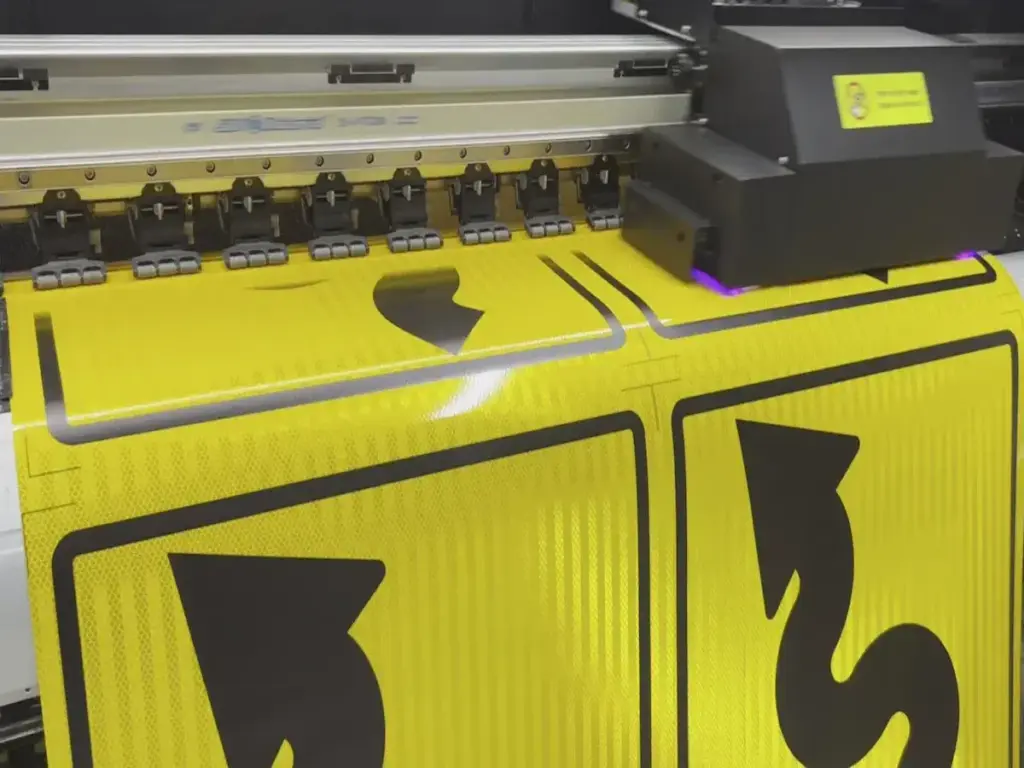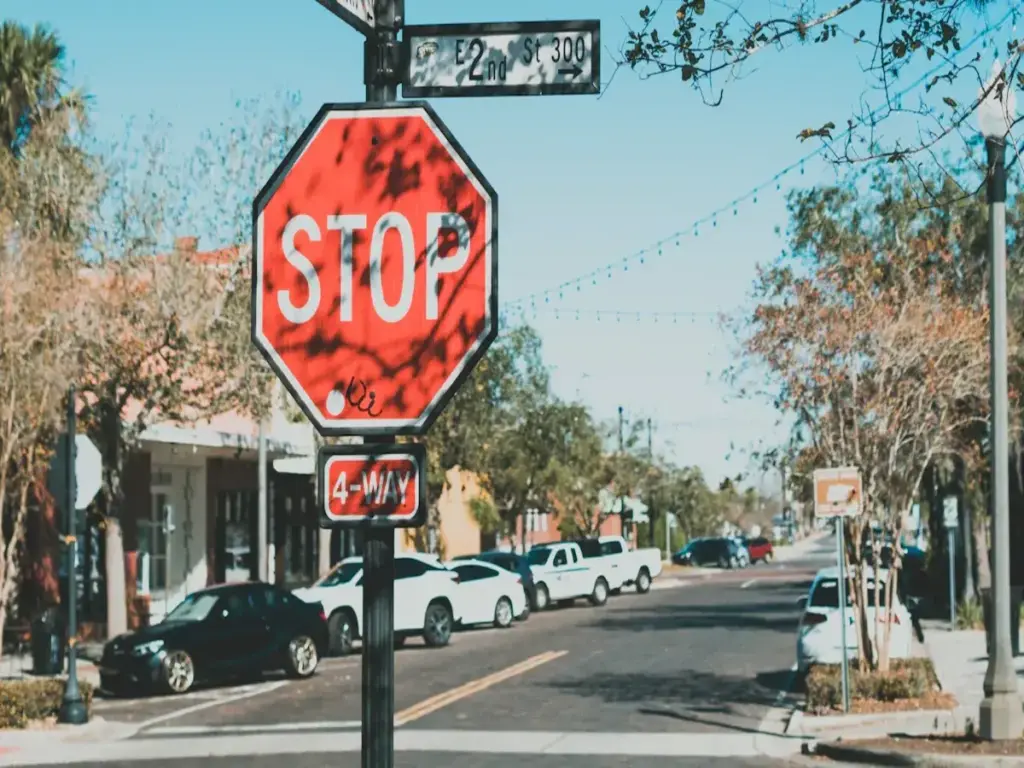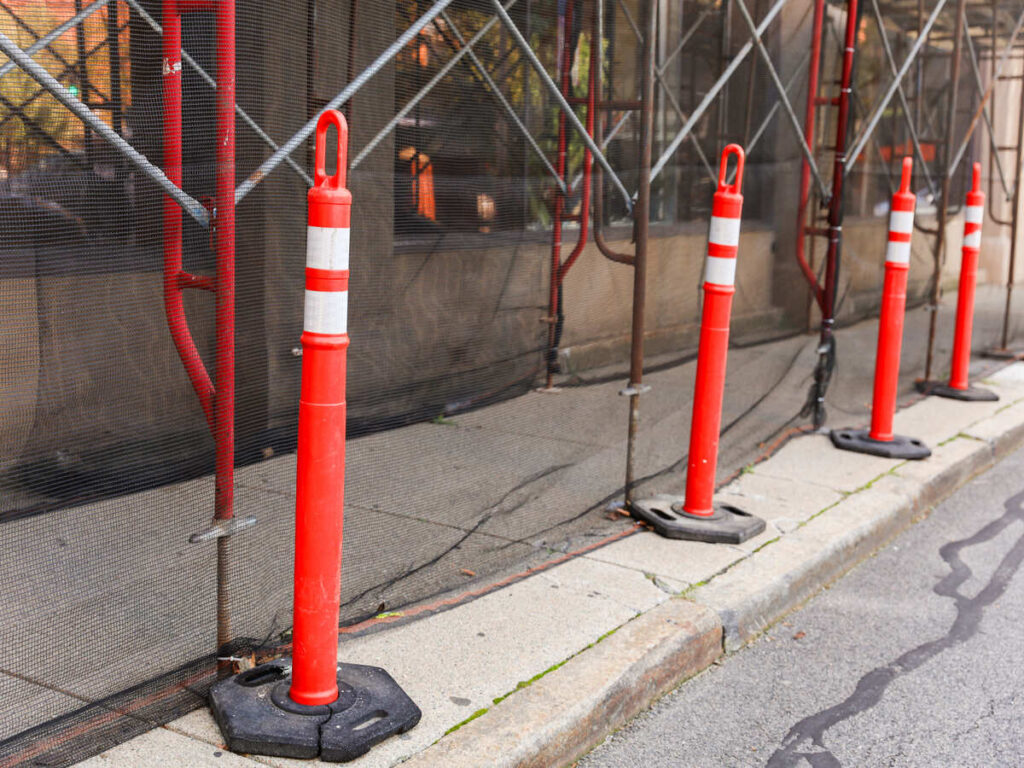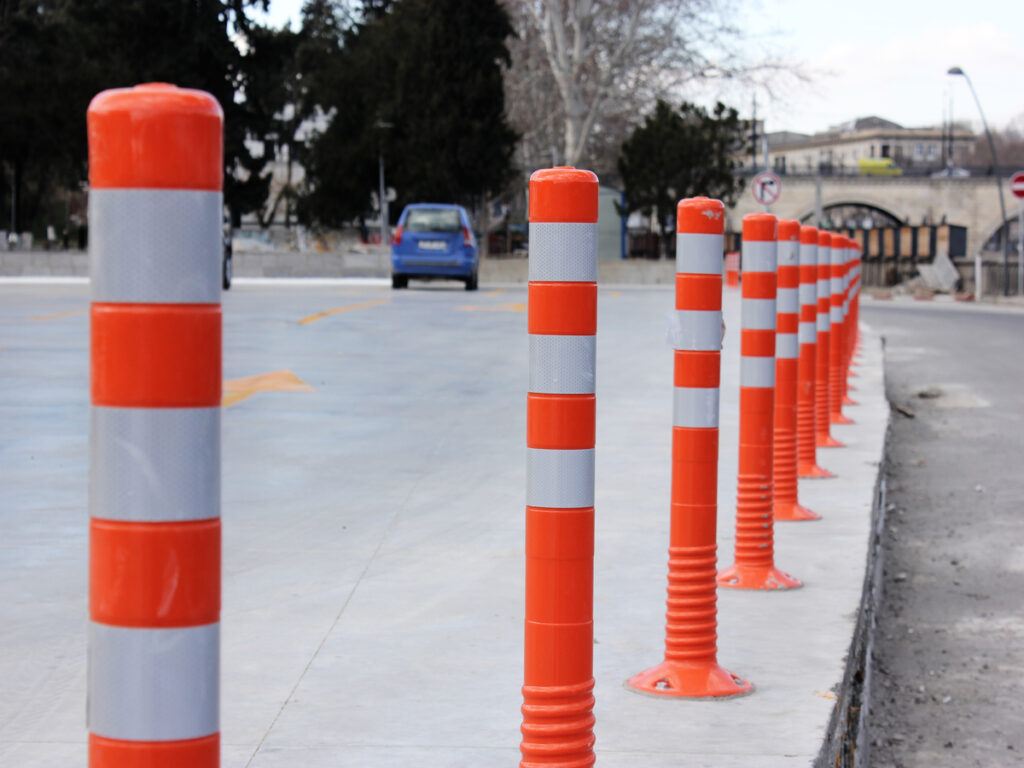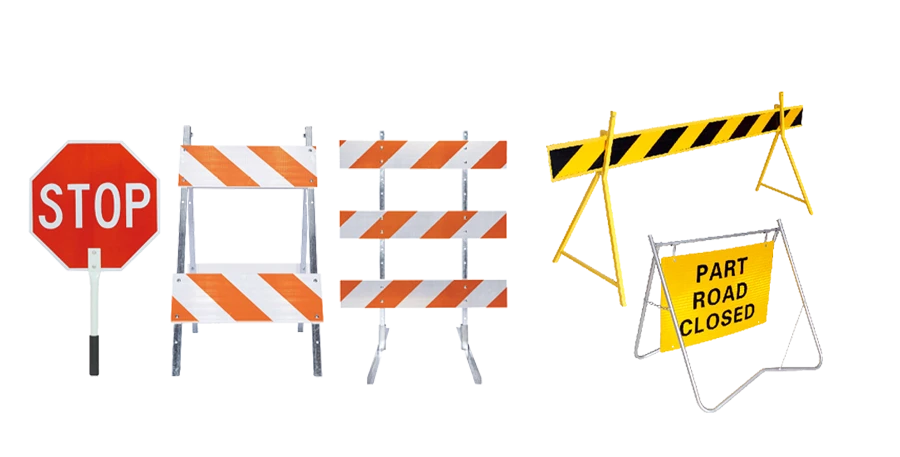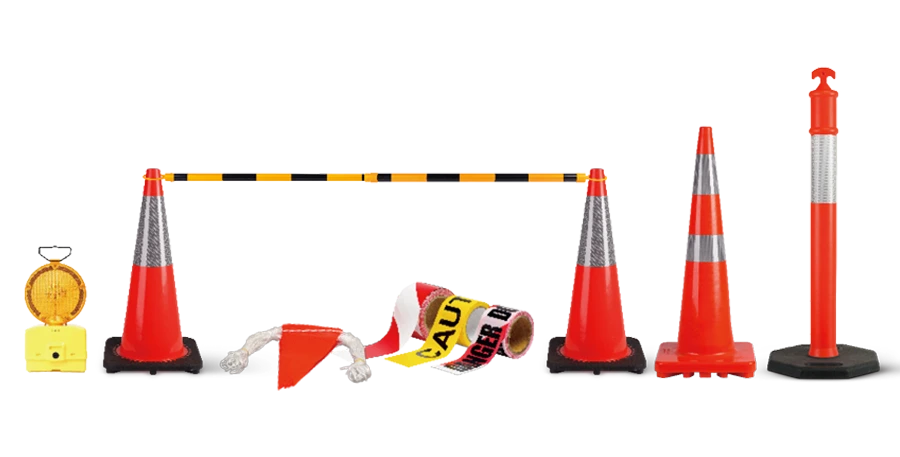
標識のために金属を選ぶとき, 厚さは非常に重要です. あなたは金属の交通標識を良く見せたいです, 最後の長い, そして、強いままです. 金属の厚さはゲージと呼ばれます. ゲージ数が低いと、金属が厚く強くなります. 例えば, .063-ゲージアルミニウムは、屋外の標識に適しています, .125ゲージのアルミニウムは、強風や衝撃のような硬い天候に適しています. 金属の交通標識または屋内ディスプレイのいずれか, 適切な厚さにより、耐久性が保証されます, 耐候性, そして魅力的な外観.
オプトラフィック offers traffic signs for sale made with premium-grade metal in a variety of thicknesses to suit your specific needs. Whether you require signs for windy highways, 作業ゾーン, or urban street, our materials are selected for strength, 気象抵抗, and long-term durability.
キーテイクアウト
- Pick the right metal thickness for where the sign goes. Thicker metals work better for outdoor signs in bad weather.
- Learn about gauge numbers. A smaller gauge number means thicker metal, which is stronger and lasts longer.
- Think about the environment when choosing thickness. Outdoor signs need to handle rain, 風, そして太陽, so pick thicker metal.
- Match your budget with quality. Thicker metals last longer but cost more. 屋内標識用, thinner metals are cheaper and work fine.
- Ask experts or suppliers for help. They can guide you to the best thickness for your needs.
Understanding Metal Thickness and Gauge Measurements
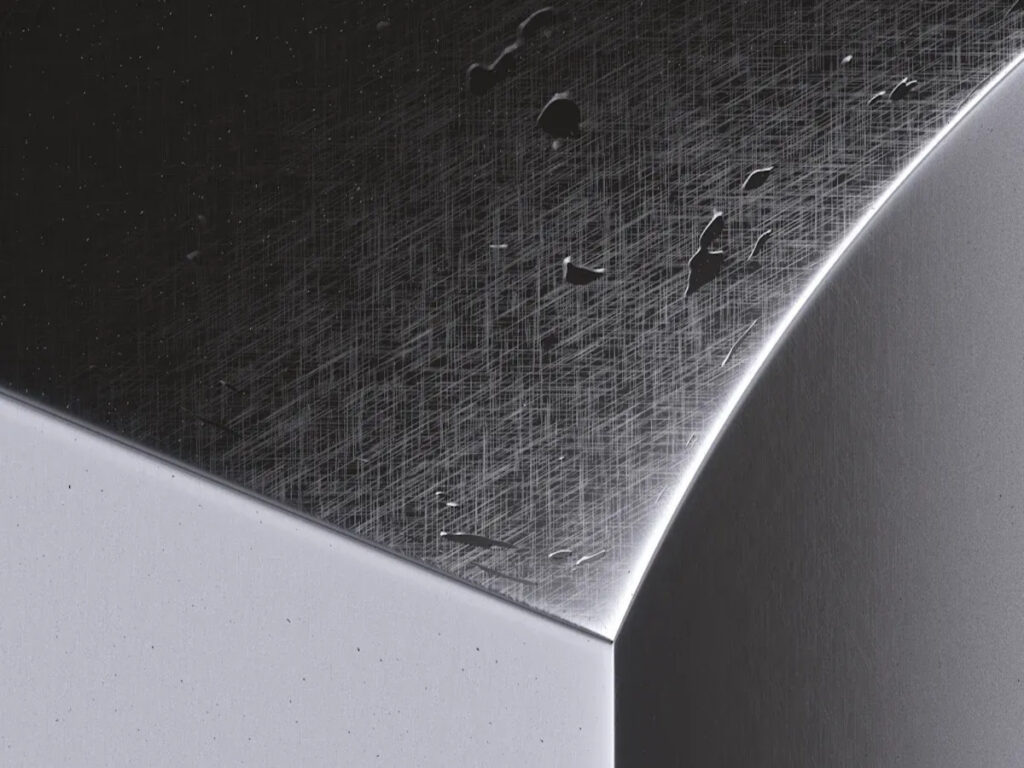
What Is Gauge Measurement?
Gauge measurement shows how thick or thin metal is. It compares the material’s thickness to a standard size. Smaller gauge numbers mean thicker metal. 例えば, 10-gauge metal is thicker than 20-gauge metal. This system helps keep materials consistent for making or choosing signs.
Tools measure gauge thickness to check if it meets standards. This ensures the metal is strong and flexible enough for its purpose.
Common Gauge Standards for Metal Signs
Different metals have unique gauge standards. Here’s a simple chart showing gauge numbers and thickness:
| 材料 | Gauge Number | 厚さ (インチ) | 厚さ (mm) |
|---|---|---|---|
| 鋼鉄 | 10 | 0.1345 | 3.42 |
| ステンレス鋼 | 10 | 0.1406 | 3.57 |
| アルミニウム | 10 | 0.1019 | 2.59 |
| 亜鉛メッキ鋼 | 10 | 0.1382 | 3.51 |
The same gauge number gives different thicknesses for each metal. That’s why knowing the type of metal is important.
Here’s a chart showing how thickness changes with materials:
How Gauge Impacts Durability and Flexibility
Gauge thickness affects how strong and bendable metal is. Thicker metals, like 10-gauge steel, handle tough weather and impacts. These are great for outdoor or heavy-duty signs. Thinner metals, like 20-gauge aluminum, are lighter and easier to shape. These are better for indoor or short-term signs.
Think about where your sign will be used. Will it face bad weather or heavy use? はいの場合, pick a lower gauge number. For lighter needs, a higher gauge number works well.
Factors to Consider When Choosing Thickness
耐久性と長寿
When picking the right thickness, think about how long it will last. A durable sign saves money and effort over time. Thicker metals are stronger and great for busy areas or places with damage risks. 例えば, 0.080-inch aluminum is strong and resists bending in high-traffic spots.
To understand durability, consider a few important things. These include weather, rusting speed, and protective coatings. これが簡単なテーブルです:
| Quantitative Factor | 説明 |
|---|---|
| 環境条件 | Things like rain, 熱, and air that can cause rust faster. |
| Corrosion Rates | How quickly metal wears out in certain conditions. |
| Effects of Protective Coatings | How paint or powder can stop rust and make metal last longer. |
If your sign will be in tough places like near salty oceans or factories, 強力な素材を選んでください. Stainless steel or thick aluminum are good choices. They fight rust and stay strong for years.
Weather Resistance for Outdoor Signs
Outdoor signs deal with rain, 風, そして太陽, so they need to be tough. Thicker metals like 0.063-inch or 0.080-inch aluminum are great for outdoor use. They handle strong winds and don’t crack or bend from weather changes.
風の強いエリア向け, choose thicker metals. 例えば, 0.125-inch aluminum or steel is strong enough for rough weather. If the weather is mild, thinner options like 0.040-inch aluminum work fine.
Adding coatings helps protect signs from weather. Powder coating keeps water and sunlight from damaging the metal. This makes your sign last longer and look good.
アプリケーションの種類: 屋内対. 屋外
Where you place your sign matters for thickness. Indoor signs don’t need to be as thick since they avoid bad weather. Lightweight metals like 0.040-inch aluminum are easy to hang and strong enough for indoor use.
Outdoor signs need to be stronger. If the sign is on a post or in a busy area, use thicker metal like 0.063-inch or 0.080-inch aluminum. These are strong but still light enough to install easily.
Think about how the sign will be used. Will it hang, 立つ, or be handled often? Picking the right thickness ensures your sign works well and lasts a long time.
Budget and Cost Considerations
When picking metal thickness for your sign, cost matters. Thicker metals are stronger and last longer but cost more. You need to balance your budget with how strong and nice you want the sign to be. Let’s explain this further to help you decide.
How Thickness Impacts Cost
Thicker metal uses more material, so it costs more. 例えば:
- 0.040-inch aluminum 軽いです, 安い, and great for indoor signs.
- 0.125-inch aluminum is tough and expensive, perfect for traffic or industrial signs.
If your sign won’t face harsh conditions, thinner metal saves money. But if strength is important, spending more on thicker metal is worth it.
Factors That Affect Pricing
Many things change the price of your metal sign:
- Type of Metal: Aluminum is light and rust-free, making it cheaper. Stainless steel looks fancy but costs more.
- Gauge Thickness: Thicker metal (lower gauge) もっと費用がかかる.
- Size of the Sign: Bigger signs need more material, raising the price.
- Finishes and Coatings: Adding paint or powder coating makes it last longer but costs extra.
ヒント: On a tight budget? Use thinner aluminum with a coating. It’s cheap and lasts longer than plain metal.
Comparing Costs by Thickness
Here’s a simple chart showing how thickness changes cost:
| 厚さ | 一般的な使用 | Cost Estimate |
|---|---|---|
| 0.040-inch aluminum | 屋内標識, short outdoor use | 低い |
| 0.063-inch aluminum | Regular outdoor signs | 中くらい |
| 0.080-inch aluminum | Windy or tough areas | 高い |
| 0.125-inch aluminum | Heavy-duty needs | 非常に高い |
Balancing Budget and Quality
You don’t need to overspend for a good sign. Here’s how to choose wisely:
- Focus on Needs: 屋内標識用, thinner metal saves money.
- 事前に計画します: 屋外の標識用, thicker metal costs more but lasts longer.
- Compare Prices: Check different suppliers to find the best deal.
注記: Ask for samples before buying. This helps you check quality and see if the thickness works for you.
最終的な考え
Your budget doesn’t have to limit your choices. By knowing how thickness affects cost, you can pick a sign that fits your needs and budget. Whether you want something cheap or long-lasting, there’s an option for everyone.
Recommended Thickness for Metal Traffic Signs and Other Sign Types
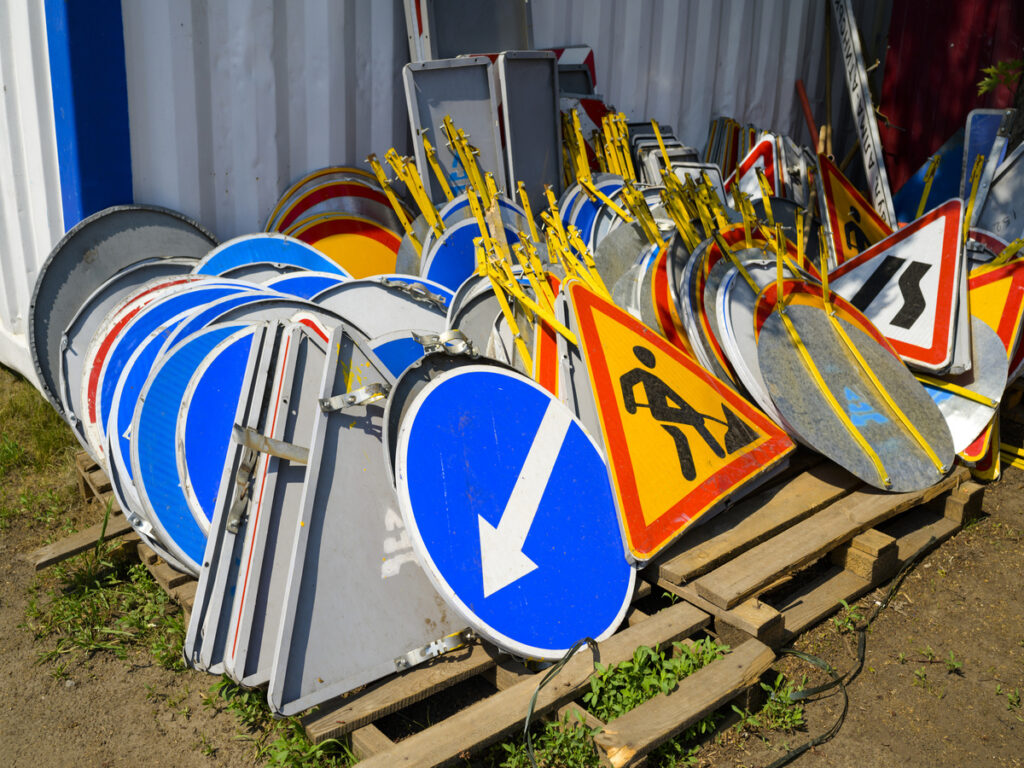
屋内標識: Lightweight Options
Indoor signs don’t face bad weather or heavy use. Thin materials work well for these signs. Aluminum with 0.040-inch thickness is a great choice. It’s easy to hang, 安い, and looks nice. Use it for office signs, lobby displays, または装飾.
Need something thinner? 試す 16-ゲージアルミニウム. It’s light and bends easily, perfect for temporary signs or creative designs. Here’s a simple chart comparing gauge and thickness:
| ゲージ | 厚さ (インチ) | 厚さ (mm) |
|---|---|---|
| 16 | 0.0598 | 1.518 |
| 14 | 0.0747 | 1.897 |
ヒント: 屋内標識用, focus on looks and easy setup. Lightweight materials save money and are simple to install.
屋外の標識: Balancing Durability and Weather Resistance
Outdoor signs must survive rain, 風, そして日光. Aluminum is a top choice because it doesn’t rust or corrode. For most outdoor signs, 0.063-inch aluminum is strong and light.
In rough weather, thicker metal works better. 使用 0.080-inch or 0.125-inch aluminum for windy areas or heavy traffic. These are great for signs on posts or in busy spots.
Here’s a chart comparing materials for outdoor signs:
| 材料 | 耐久性 | 気象抵抗 |
|---|---|---|
| アルミニウム | 長持ちする, 厳しい天候にも対応 | Resists rain, 風, そして日光 |
| コロプラスト | 短期使用に適しています | Fades and warps in bad weather |
注記: Adding coatings like powder coating helps signs last longer. It protects metal from water and sunlight, keeping it strong and fresh.
Industrial Signs: Heavy-Duty Applications
Industrial signs face the hardest conditions. They deal with machines, 化学物質, そして着用. Thick materials are needed for these signs. 0.125-inch aluminum is the best choice for factories or construction zones. It doesn’t bend, 割れ目, or rust easily.
余分な強さのために, 使用 11-ゲージアルミニウム. It’s thicker and tougher, ideal for safety signs or warnings. Here’s a chart showing thickness for industrial signs:
| ゲージ | 厚さ (インチ) | 厚さ (mm) |
|---|---|---|
| 11 | 0.1196 | 3.038 |
| 14 | 0.0747 | 1.897 |
ヒント: 産業標識用, choose strong materials that meet safety rules. Thicker metals keep signs safe and easy to see in tough places.
Metal Traffic Signs: DOT-Compliant Thickness
When choosing metal traffic signs, 厚さは非常に重要です. The 運輸省 (ドット) has strict rules for safety. These rules ensure signs stay strong, 見える, and durable in all conditions. If you’re installing traffic signs, follow these rules to avoid problems.
Why DOT-Compliant Thickness Matters
DOT-compliant thickness isn’t just about following rules. It ensures signs can handle tough weather and impacts. Imagine a stop sign bending in strong winds or fading in sunlight. The right thickness prevents this from happening.
Thicker signs last longer and resist damage better. They stay stable on posts, even in windy or snowy areas. 例えば, 0.125-inch aluminum is often required for highways and busy roads.
ヒント: Check local DOT rules before picking sign thickness. This ensures safety and avoids costly mistakes.
Common Thickness Standards for Metal Traffic Signs
DOT standards depend on the road type and location. Here’s a simple chart of recommended thicknesses:
| 厚さ | 一般的な使用 | ドットコンプライアンス |
|---|---|---|
| 0.080-inch aluminum | 住宅街, 駐車場 | Meets basic requirements |
| 0.100-inch aluminum | 都市道路, 中程度のトラフィック | Ideal for durability |
| 0.125-inch aluminum | 高速道路, heavy traffic areas | Fully DOT-compliant |
ほとんどの交通標識に対応, 0.125-inch aluminum is the best choice. It resists bending and rust, making it great for highways and bad weather.
Choosing the Right Thickness for Your Needs
Not all signs need the thickest metal. For quiet neighborhoods or parking lots, 0.080-inch aluminum うまく機能します. 軽いです, 簡単にインストールできます, and meets basic DOT rules.
For busier roads or harsh weather, 使用 0.100-inch aluminum. It’s stronger but not too heavy. For highways or industrial areas, 選ぶ 0.125-inch aluminum. It’s the most durable for long-term use.
注記: Thicker signs cost more upfront but save money over time. They need less maintenance and fewer replacements.
最終的な考え
DOT-compliant thickness keeps traffic signs safe, 強い, and visible. Whether for a quiet street or a busy highway, the right thickness matters. Always follow DOT rules and pick quality materials for long-lasting signs.
Tips for Picking the Right Thickness
環境を確認してください
The weather affects how thick your metal sign should be. Think about where the sign will go. Outdoor signs face rain, 熱, そして寒い. These can make the metal wear out faster. Humidity causes rust, and temperature changes can crack the material.
For tough weather, use metals with protective coatings. Coatings like hot-dip galvanizing protect against rust. 彼らはあなたのサインが長持ちするのを助けます. Here’s a simple chart showing coating thickness for different materials:
| 材料タイプ | Steel Thickness (インチ) | コーティングの厚さ (ミクロン) |
|---|---|---|
| Structural Shapes | <1/16 | 45 |
| Strip and Bar | <1/16 | 45 |
| Plate | <1/16 | 45 |
| Pipe & Tubing | <1/16 | 45 |
| Wire | <1/16 | 35 |
| Reinforcing Bar | >1/4 | 100 |
| Forgings and Castings | >1/4 | 100 |
Thicker coatings protect better in salty or wet places.
Ask Experts
あなたが確信が持てない場合, talk to professionals. They can help you pick the right thickness. Experts know which materials work best for different uses. They can also suggest options that fit your budget.
例えば, they can recommend coatings for weather protection. They might also explain local rules, like DOT thickness for traffic signs.
ヒント: Tell experts about the weather and purpose of your sign. This helps them give better advice.
Try Samples
Before deciding, test samples of the material. This shows how it works in real life. Look at how strong, フレキシブル, そして耐久性があります.
屋外の標識用, check if the material resists rust and handles weather changes. Does it stay strong? Testing helps you avoid mistakes and pick the best option.
注記: Testing costs a bit more but saves money later by preventing problems.
Choosing the right metal thickness for your sign depends on where and how you’ll use it. Thicker metals work best for outdoor or heavy-duty applications, while thinner options are great for indoor signs. Gauge measurements make it easy to find the perfect balance between durability and flexibility.
ヒントの場合: Not sure what to pick? Talk to a supplier or professional. They’ll help you choose a thickness that fits your needs and budget. With the right choice, your sign will look great and last for years!
よくある質問
What is the best metal for outdoor signs?
Aluminum is great for outdoor signs. 軽いです, 錆びません, and handles bad weather well. より強さのために, pick thicker aluminum like 0.063-inch or 0.080-inch.
ヒント: Use a protective coating to help your sign last longer in tough weather.
How do I measure metal thickness for signs?
A gauge tool measures metal thickness easily and accurately. Smaller gauge numbers mean thicker metal. 例えば, 10-gauge aluminum is thicker than 20-gauge aluminum.
ヒントの場合: Ask your supplier for a gauge chart to compare thicknesses quickly.
Can thinner metal work for indoor signs?
はい, thinner metal like 0.040-inch aluminum works well for indoor signs. 軽いです, simple to hang, and looks nice. Indoor signs don’t need heavy-duty thickness since they avoid harsh weather.
注記: Using thinner metal saves money but still looks professional.
What thickness is required for traffic signs?
Traffic signs usually need 0.125-inch aluminum to meet DOT rules. This thickness makes them strong and visible in all weather. 静かな領域の場合, 0.080-inch aluminum might be enough.
リマインダー: Always check local DOT rules before picking thickness for traffic signs.
How can I save money on metal signs?
Use thinner metal for indoor signs or mild outdoor conditions. Aluminum is affordable and doesn’t rust. Adding a coating can make it last longer without needing thicker metal.
ヒント: Compare prices from different suppliers to get the best deal.
